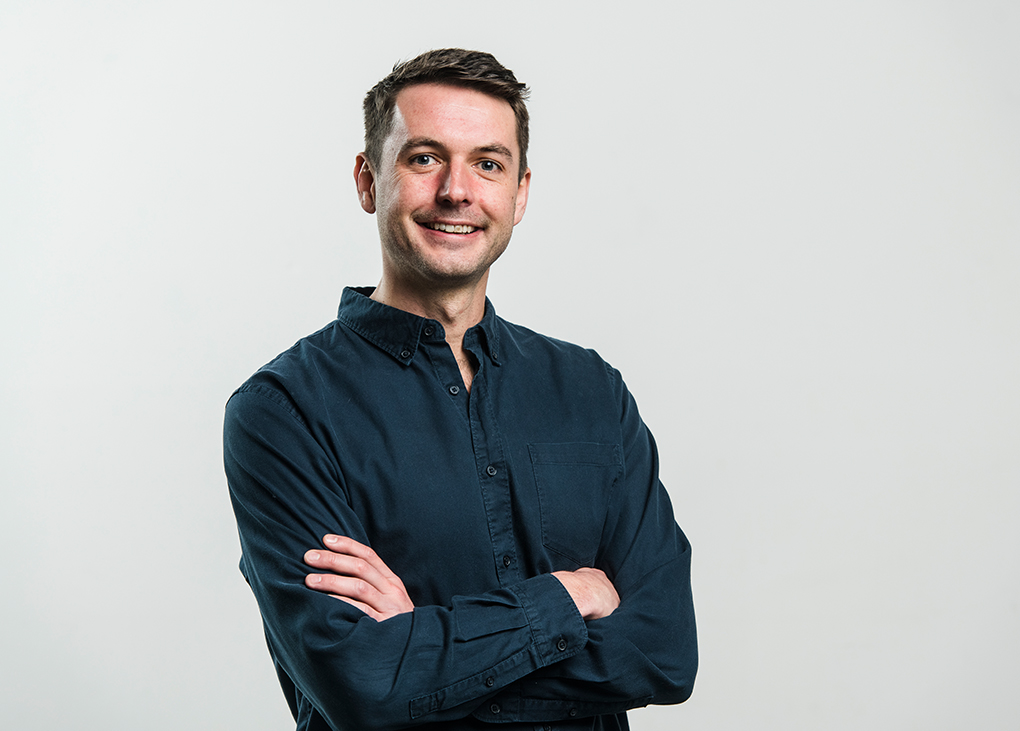Among the nominees listed in Australia’s Most Innovative Engineers 2020 (AMIE 2020) is Exergenics founder Iain Stewart, Affil.AIRAH, whose innovative work on plant optimisation helps to address inefficiencies in conventional chilled plant control strategies.
Australia’s Most Innovative Engineers is a program organised by Create magazine, the publication of Engineers Australia. Into its fifth year, the program profiles 30 Australian engineers who are finding creative and innovative solutions to some of the world’s biggest challenges.
This year, the creative solutions include novel stadium constructions, electronic tattoos, VR driving simulators, an Australian-built “planet hunter” and 3D-printed thongs. The list is organised into ten categories representing a cross-section of the profession.
Recognition is opening doors
Stewart’s plant optimisation innovation falls under the Building and Construction category.
Compared to conventional chilled plant control strategies for buildings, the innovation is said to reduce energy and peak demand by 10 to 20 per cent. If the method were applied to a large office building that uses grid electricity, the associated emissions reduction could be as high as 35,000kg of carbon dioxide per year, says the Create website.
“It’s great to be recognised by an organisation like Engineers Australia, particularly seeing the experienced and respected panel of judges,” says Stewart.
“The nomination has certainly increased interest from both customers and investors, as well as BMS system integrators and sustainability consultants.”
This week alone, Stewart revealed that he has lined up meetings with two BMS analytics companies, three sustainability consultants, two VC firms and a large supermarket chain.
Meanwhile, he is in the process of scouting trial sites to supplement two existing trials already underway at Monash University. He is also expanding the Exergenics team.
The company specialises in software solutions that bring about energy efficient and sustainable commercial air conditioning and refrigeration systems.
“From there, we’ll be looking to raise seed funding in 2021 to grow the team, so we can create more innovative solutions to improve the efficiency and flexibility of HVAC&R in Australia and around the world,” he says.
How the plant optimisation model works
Addressing inefficiencies associated with the conventional method of delivering cold water to air handling units, Exergenics’ innovation ensures that plants can run at optimal efficiency under all conditions.
The method involves collecting data from the existing building management system to train a machine-learning system that represents chillers, pumps and cooling towers.
Combining the algorithms, the system builds a ‘digital twin’ or mathematical representation of the entire chilled plant room.
This model allows engineers to simulate water delivery, relative to the ambient weather conditions and loading of each piece of equipment. By reversing this process, the ideal loading for all weather conditions and thermal loads can also be determined via an optimisation algorithm.
Machine-learning going forward
Convinced about the myriad possibilities of machine-learning, Stewart is excited about its future applications in reducing energy consumption and costs, while optimising renewable energy.
“What excites me going forward is the prospect of using reinforcement machine-learning algorithms for controls problems where we don’t have any baseline data for training.”
He gives the example of a cold storage facility that is exposed to the wholesale electricity price – and which he says can essentially function as a big battery.
“By incorporating disparate data sets such as weather and AEMO (Australian Energy Market Operator) wholesale price forecasts, we can develop and iterate a new control strategy via the cloud in real time, which shifts energy consumption to times when renewable penetration is high and electricity costs are low or negative,” he says.
“This method could be used in a number of applications and would not only reduce costs, but also increase the utilisation of renewable energy, whilst helping to improve grid stability.”
The full list of Australia’s Most Innovative Engineers 2020 is available here.



Leave a Reply